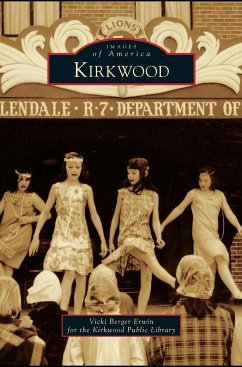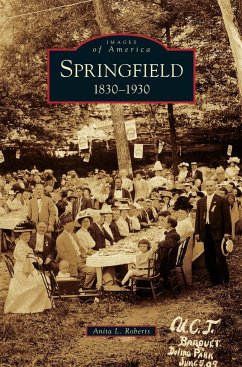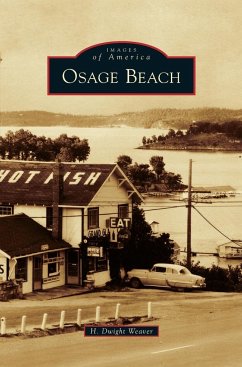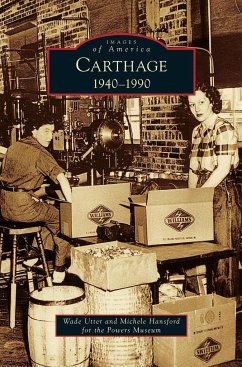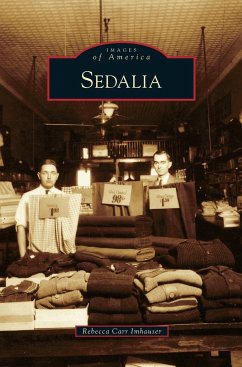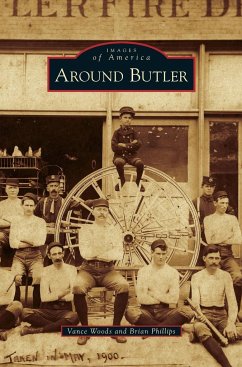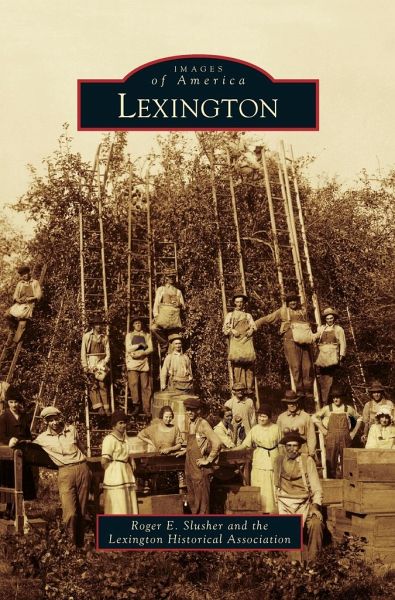
Lexington
Versandkostenfrei!
Versandfertig in 1-2 Wochen
23,99 €
inkl. MwSt.

PAYBACK Punkte
12 °P sammeln!
Although best known for the cannonball in a column of its Greek Revival courthouse, Lexington was also an outfitting stop on the Santa Fe Trail. Merchants and freighters such as the Aull brothers and Russell, Majors, and Waddell contributed to its prominence, as did steamboats transporting large quantities of hemp and tobacco. Following the Battle of Lexington, Union occupation, and robberies by the James-Younger Gang, the railroads' need for coal led to the expansion of local mines and an influx of immigrants. New prosperity also led to the founding of four private schools, including Wentwort...
Although best known for the cannonball in a column of its Greek Revival courthouse, Lexington was also an outfitting stop on the Santa Fe Trail. Merchants and freighters such as the Aull brothers and Russell, Majors, and Waddell contributed to its prominence, as did steamboats transporting large quantities of hemp and tobacco. Following the Battle of Lexington, Union occupation, and robberies by the James-Younger Gang, the railroads' need for coal led to the expansion of local mines and an influx of immigrants. New prosperity also led to the founding of four private schools, including Wentworth Military Academy. Providing entertainment for the miners was the notorious Block 42, which extended through Prohibition and the Depression. Since that time, Lexington has become a regional service center and a tourist destination.



